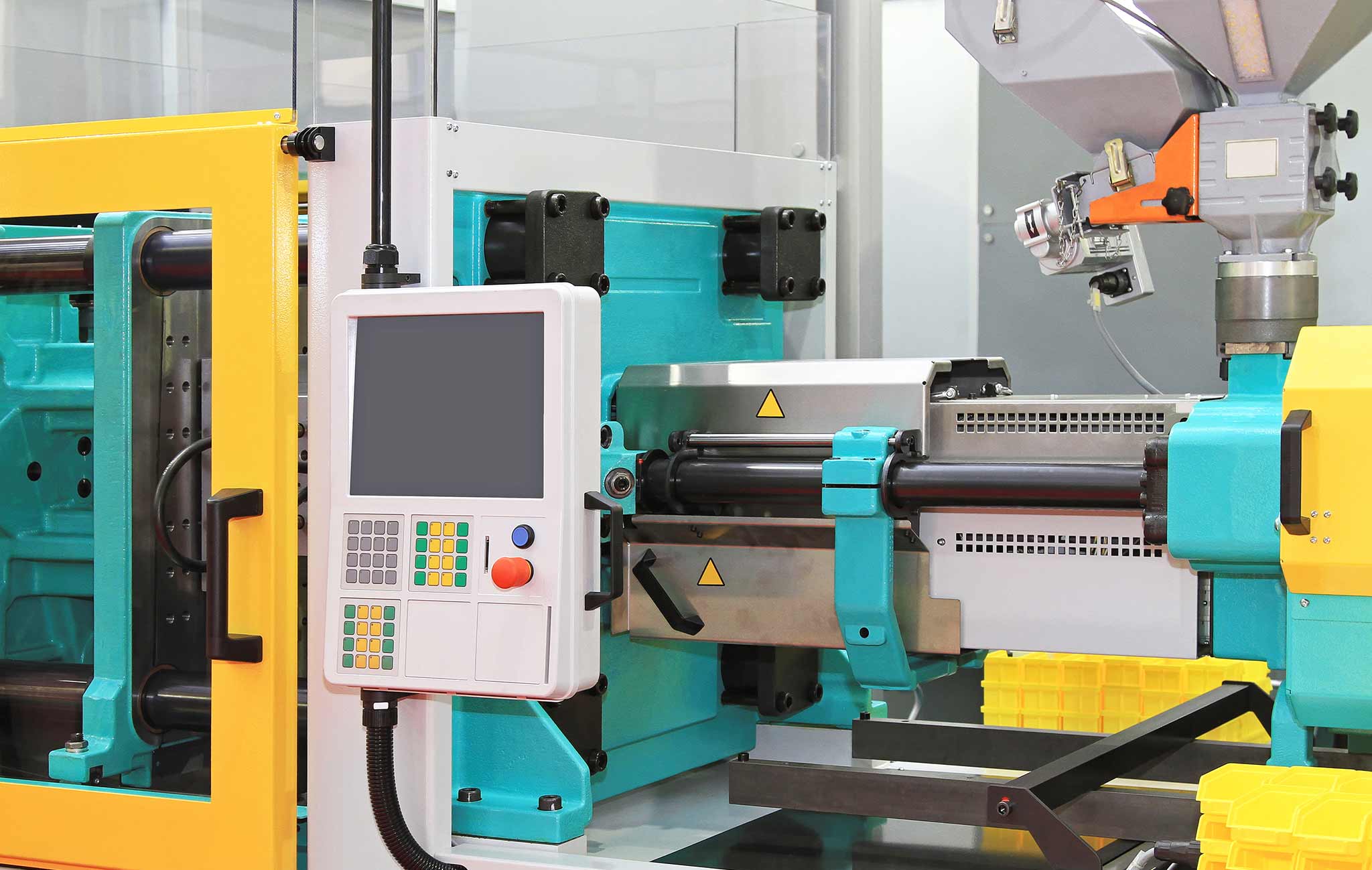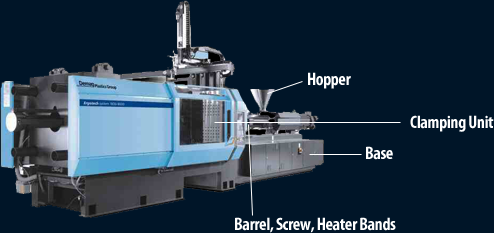Fascination About Oems
Wiki Article
Some Known Factual Statements About Additive Manufacturing
Table of ContentsFacts About Lean Manufacturing UncoveredGet This Report on OemThe smart Trick of Lean Production That Nobody is DiscussingAdditive Manufacturing Can Be Fun For Anyone4 Easy Facts About Lean Production ShownLean Production for Dummies
The text on this page is an example from our complete White Paper 'Injection Moulding for Purchasers' - * Sample message * - for complete guide click the download button over! Introduction This overview is planned for people who are aiming to source plastic mouldings. It provides a much needed understanding right into all that is involved with creating plastic components, from the mould tool called for to the moulding process itself.If you desire to discover further, the guide covers kinds of mould devices, along with special finishing processes such as colours & plating. Words that are underlined can be found in the glossary in the appendix ... Part I: Moulding: The Basics The Benefits of Shot Moulding Plastic injection moulding is an extremely accurate procedure that supplies a number of benefits over various other plastic processing methods.
Precision is perfect for extremely elaborate parts. You can hold this moulding in the hand of your hand as well as it has bosses, ribs, steel inserts, side cores as well as openings, made with a moving closed off function in the mould tool.
The Greatest Guide To Plastic Manufacturing


The Ultimate Guide To Mfg
from material feed & melting; material injection; cooling time and ejection and also the re-closing of the mould tool ready device the next cycle. Draft angles - The wall surfaces of a moulded component need to be a little tapered in the instructions in which the part is expelled from the mould device, to allow the component to be expelled easily.Ejector stroke - The pressing out of ejector pins to eject the moulded part from the mould tool. Ejector stroke rate, size as well as timing requires to be very carefully regulated to avoid damages to the ejectors and also mould tool, yet at the very same time make the moulding cycle as short as feasible.

An Unbiased View of Die Casting
Ribs - When a plastic component has thin walls, ribs are included to the layout to make the slim walls stronger Side cores - Side activity which generates a feature on a moulded part, at an opposing angle to the regular opening direction of the mould device. lean manufacturing. The side core requires to be able to withdraw as the plastic part can not be ejected otherwise.
Walls - The sides of a moulded component The message on this page is an example from our complete White Paper 'Injection Moulding for Customers'.
Manufacturing process for producing components by infusing molten material right into a mould, or mold Simplified diagram of the process Shot moulding (U.S. spelling: shot molding) is a manufacturing procedure for generating parts by injecting liquified material right into a mould, or mold. Injection moulding can be carried out with a host of materials mostly including metals (for which the process is called die-casting), glasses, elastomers, confections, as well as a lot of generally polycarbonate and also thermosetting polymers. Injection moulding is extensively utilized for making a range of parts, from the smallest components to entire body panels of automobiles. Advancements in 3D look here printing technology, using photopolymers that do not melt during the shot moulding of some lower-temperature thermoplastics, can be used for some easy injection moulds. Injection moulding utilizes a special-purpose equipment that has 3 components: the shot unit, the mould as well as the clamp.
The Ultimate Guide To Plastic Manufacturing
, with the volume used of the former being considerably higher.: 13 Thermoplastics are prevalent due to qualities that make them highly ideal for shot moulding, such as convenience of recycling, adaptability for a vast range of applications,: 89 and capability to soften and also move on home heating.In several dental caries moulds, each tooth cavity can be similar and also create the same components or can be distinct as well as form multiple different geometries during a solitary cycle. Moulds are generally made from tool steels, but stainless steels and also aluminium moulds are suitable for particular applications. Aluminium moulds are generally improper for high quantity learn this here now production or parts with slim dimensional tolerances, as they have substandard mechanical buildings and also are more vulnerable to wear, damage, and deformation throughout the injection as well as securing cycles; however, aluminium moulds are affordable in low-volume applications, as mould manufacture expenses and also time are substantially minimized.
The screw supplies the raw product onward, mixes and also homogenises the thermal and viscous distributions of the polymer, and minimizes the called for heating time by mechanically shearing the material and adding a considerable amount of frictional home heating to the polymer. The material feeds ahead via a check shutoff and also gathers at the front of the screw into a quantity referred to as a shot. When enough material has actually gathered, the product is forced at high pressure as well as rate into the component creating tooth cavity. The precise quantity of contraction is a function of the resin being used, and also can be relatively predictable. To avoid spikes in stress, the process typically uses a transfer placement representing a 9598% full cavity where the screw shifts from go now a consistent speed to a constant pressure control.
Some Known Details About Oem
The packing pressure is applied till the gateway (dental caries entrance) solidifies. Due to its small dimension, the entrance is normally the first location to strengthen through its entire thickness.: 16 Once the gate solidifies, no more material can go into the tooth cavity; as necessary, the screw reciprocates as well as gets product for the next cycle while the product within the mould cools down so that it can be expelled and also be dimensionally stable.Report this wiki page